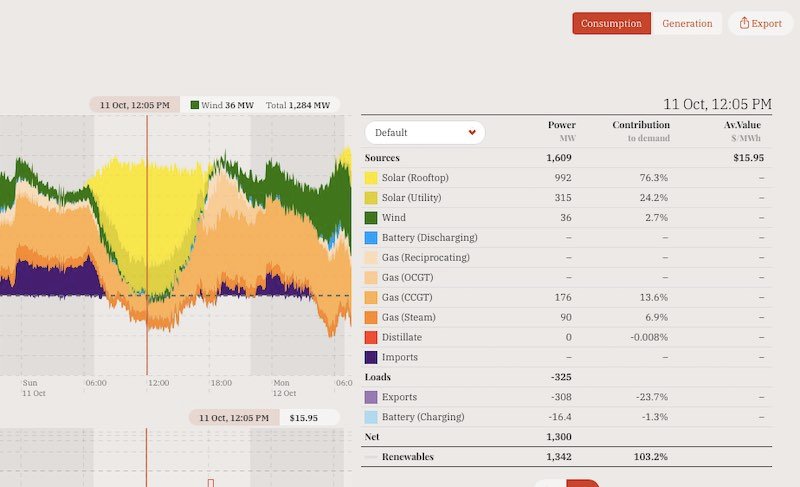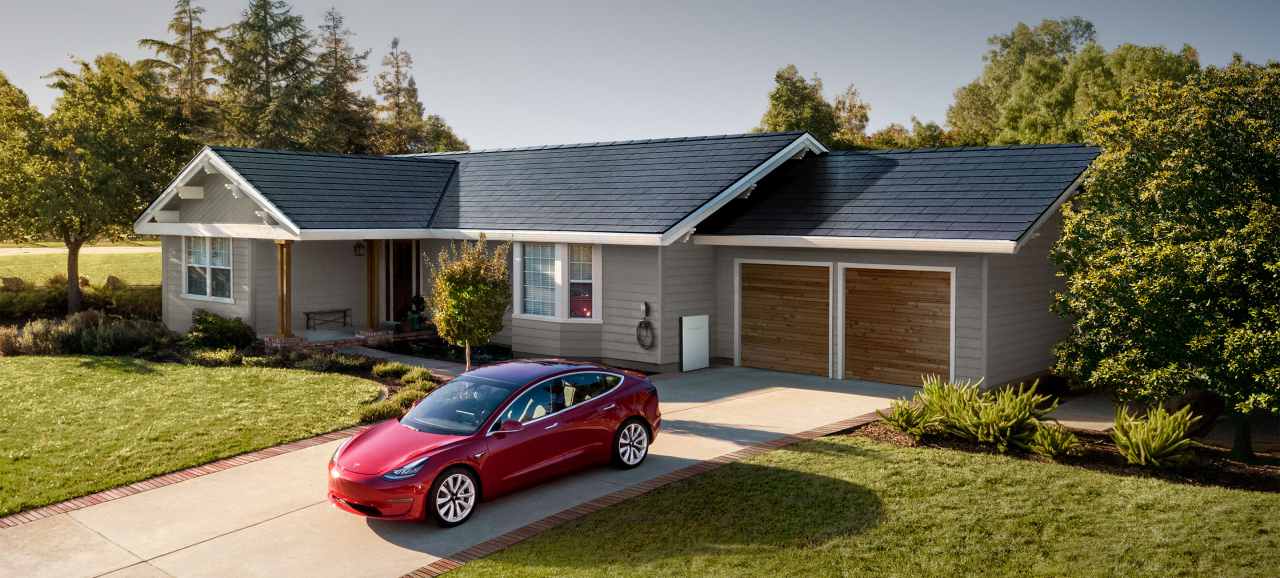Renewable energies continue to take important steps to become an alternative and the main protagonist in many cases. But what has been achieved this weekend in Australia is striking and foreboding what will come in the next few years.
The combination of a strong deployment of residential photovoltaic installations, thanks in part to the impulse given from the government, as well as ideal radiation conditions and lower consumption for the weekend, has caused the state of South Australia to manage, for the first time, to reach 100% photovoltaic power from its system.
Of course, it is a symbolic figure since we are talking about a specific region, where 1.7 million inhabitants live, characterized by excellent dispersion and constant supply problems due to breakdowns caused by storms and heat.
Also, the achievement has been punctual, achieved at 12:05 p.m., we have seen the enormous potential of facilities that have distributed their contribution to the network with 992MW by residential ones, 76.3% of the state demand, while those solar farms have provided an additional 315MW.

The new record came just weeks after solar power set a milestone reaching 94% of state demand, with residential production reaching 900MW for the first time. On Sunday, that level was exceeded for more than two and a half hours.
Such has been the production that the grid has exported electricity to neighboring states, such as Victoria, and they have filled stationary batteries such as Tesla’s.
One of the most direct consequences of this situation is the almost total irrelevance of gas and coal plants. A trend that will be accentuated as new solar and wind installations and the new projected battery installations come into operation.
Another consequence is that the Australian Energy Market Operator has promoted the introduction of stricter standards and new protocols for the facilities that are put into operation. Standards that ensure they can be disconnected when production exceeds demand, to guarantee the security of the network.
An example that residential solar will be of much greater importance than many had predicted in an increasingly capillary network. Space where renewables will be able to satisfy more and more demand, and that will combine its capacities with industrial facilities and the rest of renewable sources and battery storage, to achieve 100% clean production.

